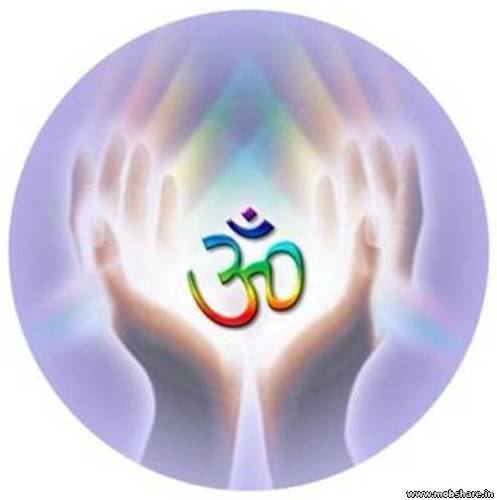Saturday, April 16, 2011
--------- Forwarded message ----------
From: Ramesh Jaipal
Date: Thu, Mar 24, 2011 at 6:16 AM
Subject: Holi Festival in Multan By Pakistan Hindu Post and HRF
To: Pakistan Hindu Post (PHP)
Dear Director of Pakistan Hindu Post
Hope you will be fine there Please see an attached file of Multan Holi Festival which was organized by SCRM Coordinator Ms Shokantala Devi
Regards
RJ
At one point in the ritual, a young man standing next to me couldn’t take the pressure anymore and backed out, causing the entire pyramid to fall. I know of no other sport that requires greater team coordination.
Holi marks the advent of spring and is the most colorful festival of South Asia. The celebrations, which start the night before, are attended by young and old, men and women alike, and zealously. Near midnight, an effigy of Holka is burned to commemorate her death while she was trying to kill Prahlad Bhagat, an avatar of the Lord. According to folklore, many thousands of years ago Multan was ruled by a tyrant called Hiranyakashipu. As a result of his devotion he had been given special powers by Lord Vishnu, one of the gods of the Hindu trinity. In his arrogance Hiranyakashipu made the people of Multan worship him instead of Lord Vishnu. But his son Prahlad Bhagat remained a devotee of the Lord. Many attempts were made on his life, but he escaped them every time. Holka was the sister of Hiranyakashipu. She had a magical shawl which prevented her from being burned by fire. She offered to take Prahlad in her lap and enter fire. This way Prahlad would be burned, whereas Holka would remain protected by her shawl. Legend has it that when she entered the fire, a strong wind blew and the protective shawl covered Prahlad instead of Holka. Holi in Punjab begins with the symbolic burning of an effigy of Holka.
One such Hindu woman living in Multan is Shakuntala Devi. Her name is inspired by a character in the Mahabharata, one of the holiest Hindu books. Shakuntala Devi is a classically trained singer who has been regularly appearing on radio and television shows since the late 1980s. Things changed for her after the destruction of the Babri Mosque in 1992. In retaliation the Muslim zealots of Multan destroyed the ancient Prahlad Temple near the mausoleum of Bahauddin Zakariya. Shakuntala Devi says that after the destruction she heard that the mob was now coming towards her, as she was a famous face. “They wanted to burn me,” she says. She escaped with her sister and an old, blind mother. She also adopted a Muslim name after this, which according to her she hates using. She also complains of discrimination at radio and the television stations. This wasn’t the case in the late and early 1990s.
Despite all of these setbacks, the Hindu community in Multan celebrates the event of Holi every year. Waqas Falak, President of the Neengar society, a non-profit organization from Multan, working with the youth of religious and sexual minorities, says that Multan is the home of Holi, and the Hindus of Multan are determined to keep the tradition alive. This is the reason why, despite such a backlash from the religious right in recent years, including the murders of Governor Salmaan Taseer and Minorities Minister Shahbaz Bhatti, hundreds of Hindus gathered at the Christian colony near the WAPDA office for Holi. In Punjab, it doesn’t matter if one is a Hindu or a Christian, as long as one is an “Untouchable”. Falak feels that the growing conversion trend among Hindus in Pakistan is likely to give a major blow to the community in the coming years. Neengar society has filed a case in the Multan High Court to restore the Prahlad Temple and restart pooja here, since it is said to be the birthplace of Holi. On the 22nd of January 2010, they held a prayer outside the Multan Press Club to raise awareness for their cause, but Falak feels that they didn’t get the kind of response they were expecting. “The media portrayed a different message than the one intended by us,” says Falak. Every year for Holi, Falak invites his Muslim friends to participate with Christians and Hindus for Holi. Media representatives also are not spared from the heady mix of color and water.
This year Holi was celebrated on the 18th and 19th of March in Multan, whereas in the rest of the province it was celebrated on the 19th and 20th. It was a success: untoward incidents were avoided, not counting the severe bruises and a few minor fractures that were suffered after a fall from the human pyramid. Young men and women threw colors and water on each other all day. They danced to the dhol and traveled between different temples. Muslims from the neighborhood stared at them, while their children got scared. But the devotees and their friends continued to walk on the streets, reveling. However, given the sharp rise in fundamentalism in Pakistani society, and especially in Punjab, it is likely that festivals like these, which are deeply rooted in the cultural life of this area, will disappear, and the small freedom to celebrate these events that these people enjoy at the moment will be taken away.
Haroon Khalid is the Coordinator for the Minority Project of ‘The Citizens Archive of Pakistan’ (CAP)








No comments:
Post a Comment